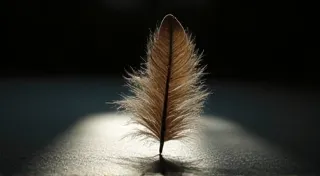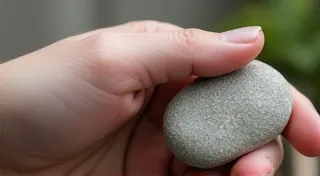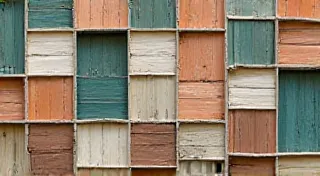Beyond the Scale: How Improvisation Shapes the Soul of Folk Instruments
The world of folk music isn’t about perfectly executed scales and rigidly defined compositions. It’s a vibrant conversation, a communal storytelling tradition where the instruments themselves become voices, responding to the moment, the environment, and the hearts of the players. This isn't simply about *playing* an instrument; it's about *being* the instrument, allowing it to breathe, to sigh, to laugh – to truly express.
Think of an antique accordion, its bellows rising and falling with the breath of the musician. It’s more than a collection of reeds, keys, and a beautifully crafted box. It’s a living thing, carrying echoes of generations past. I recall visiting my grandfather, a carpenter, who kept a battered old accordion in his workshop. It wasn’t in pristine condition; keys were sticky, some reeds stubbornly silent, but when he played, it wasn’t about perfection. It was about memory – the memories of his own father, a farmer who played at village dances, and the shared history woven into the music.
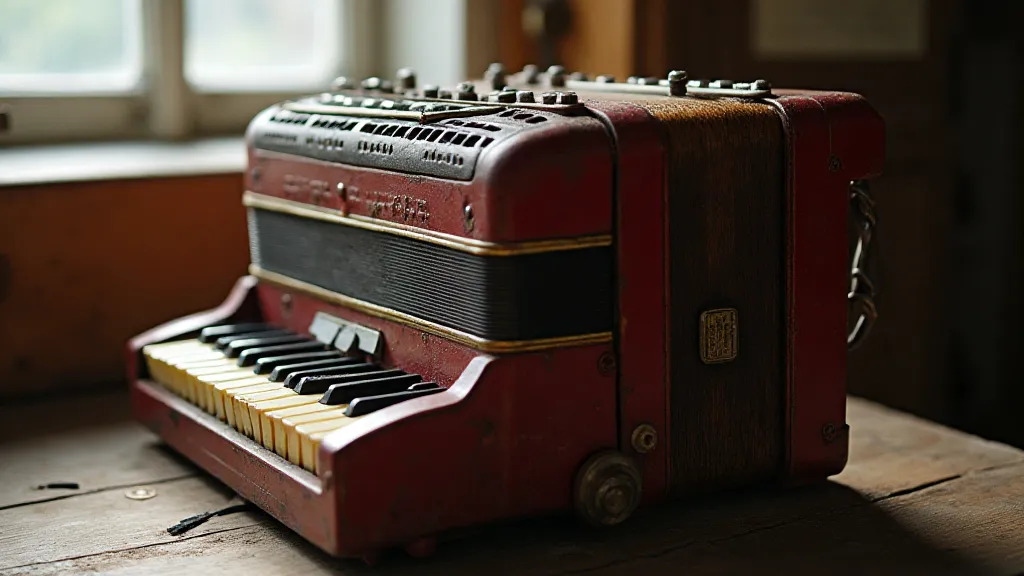
The Roots of Spontaneity: A Historical Perspective
The concept of improvisation within folk music isn’t a modern invention. It’s deeply embedded in the history of oral traditions worldwide. Before the advent of widespread musical notation, music was primarily learned and passed down by ear. This necessitated a level of adaptability and creativity. Musicians didn’t simply replicate what they heard; they embellished it, interpreted it, and responded to the mood of the gathering. Think of the Irish fiddle, the Appalachian dulcimer, or the Greek bouzouki – each instrument embodies a history of spontaneous creation.
Consider the music of the Roma people, scattered across Europe for centuries. Their traditional music, characterized by vibrant melodies and intricate improvisation, evolved organically, reflecting the diverse landscapes and cultures they encountered. The cimbalom, a hammered dulcimer, is often at the heart of their ensembles, its shimmering tones supporting and embellishing the vocalists' and violinists’ improvisational flights. These weren’t composed solos; they were dialogues, a musical exchange between individuals and a living tradition. The scarcity of resources and changing environmental conditions, particularly affecting the wood used in instrument construction, have left a lasting mark on their instrument designs – a story echoed in the silent symphony of lost materials and the ecological cost of instrument making.
The Instrument as a Voice: Responding to Place and People
What makes folk improvisation so compelling is its connection to place and people. A musician playing a hurdy-gurdy in the French countryside isn’t just playing notes; they are channeling the spirit of the land, the rhythm of the seasons, and the shared experiences of their community. The instrument becomes an extension of the landscape, a conduit for cultural memory.
The act of improvisation isn’t simply about inserting random notes. It's a considered response. A skilled musician listens intently – to the other players, to the audience, to the natural world. They absorb the atmosphere and translate it into musical phrases. A sudden shift in the weather might inspire a mournful melody on a balalaika, while a lively dance could elicit a flurry of notes on a Cajun accordion. The instrument doesn’t dictate the music; the environment and the audience do.
Craftsmanship and the Soul of the Instrument
The craftsmanship of these instruments often contributes significantly to the quality of the improvisation that’s possible. Early accordion makers, for instance, weren’t just assembling parts; they were creating tools for expression. The responsiveness of the reeds, the action of the keys, the feel of the bellows – all these factors influenced the musician’s ability to improvise freely. A stiff, unresponsive accordion would stifle creativity. The materials used—often locally sourced and subject to unpredictable availability—inevitably shaped the instruments' character and resilience, contributing to the resonance of loss associated with disappearing traditions.
Restoring antique instruments isn't solely about preserving their physical appearance; it’s about restoring their ability to sing. Replacing damaged reeds, repairing bellows, and regulating the action of the keys – these tasks require both technical skill and a deep understanding of the instrument’s intended use. A well-restored accordion might reveal subtleties and nuances that were previously hidden, allowing the musician to connect with the instrument on a more profound level.
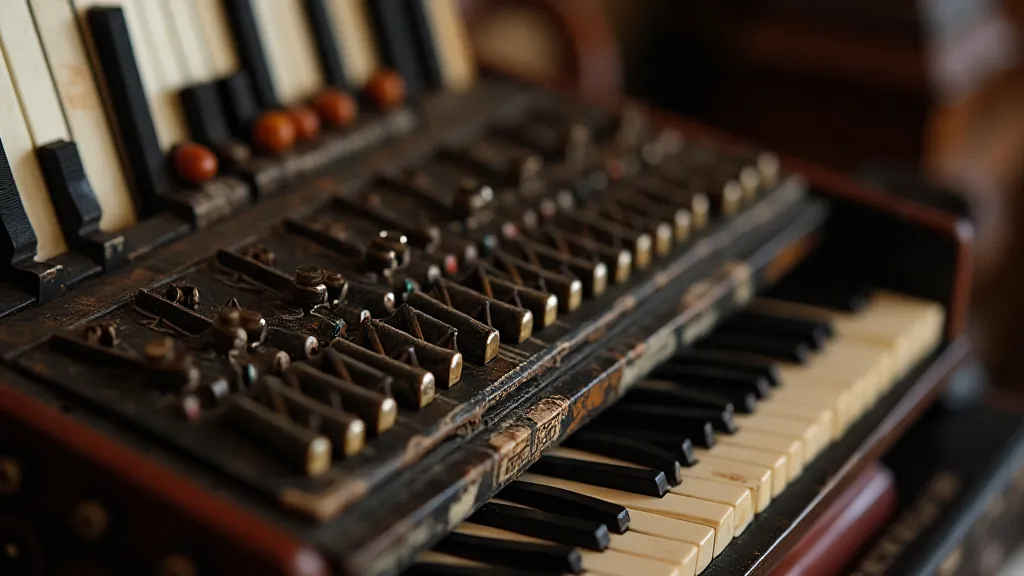
Beyond Technique: The Art of Listening
While technical proficiency is undoubtedly important, it’s only a foundation. True improvisation requires something more – a willingness to abandon the predetermined and embrace the unexpected. It requires the ability to *listen* not just to the other musicians but also to the silence between the notes, to the unspoken emotions that linger in the air.
I recall a conversation with a seasoned Appalachian dulcimer player. He wasn't focused on demonstrating his technical prowess. Instead, he emphasized the importance of “feeling” the music, of allowing the instrument to guide him. “It’s like having a conversation with the dulcimer,” he explained. “You offer a phrase, and it responds with another. It's a constant exchange, a dance of sound.” The way an instrument’s design becomes intertwined with the cultural and political landscape is fascinating – a perspective explored further in Fractured Harmonies: Political Upheaval and its Effect on Musical Instrument Design.
Collecting and Preservation: Keeping the Tradition Alive
For those passionate about folk music, collecting antique instruments can be a way to connect with the past and support the preservation of cultural heritage. However, collecting isn’t just about acquiring objects; it’s about understanding their significance, appreciating their history, and ensuring that they continue to be played and enjoyed. A beautifully restored accordion languishing in a display case is a tragedy; it's meant to sing!
When considering a purchase, focus on instruments that resonate with you personally. Look for instruments with a history, with a story to tell. Research the maker, the region, and the potential uses of the instrument. And remember that restoration can often breathe new life into an old instrument, allowing it to once again become a voice for the folk tradition. Sometimes, the absence of a particular instrument can define a musical tradition, shaping its evolution and character - a concept elaborated in The Resonance of Absence: How the Absence of an Instrument Shapes a Musical Tradition.
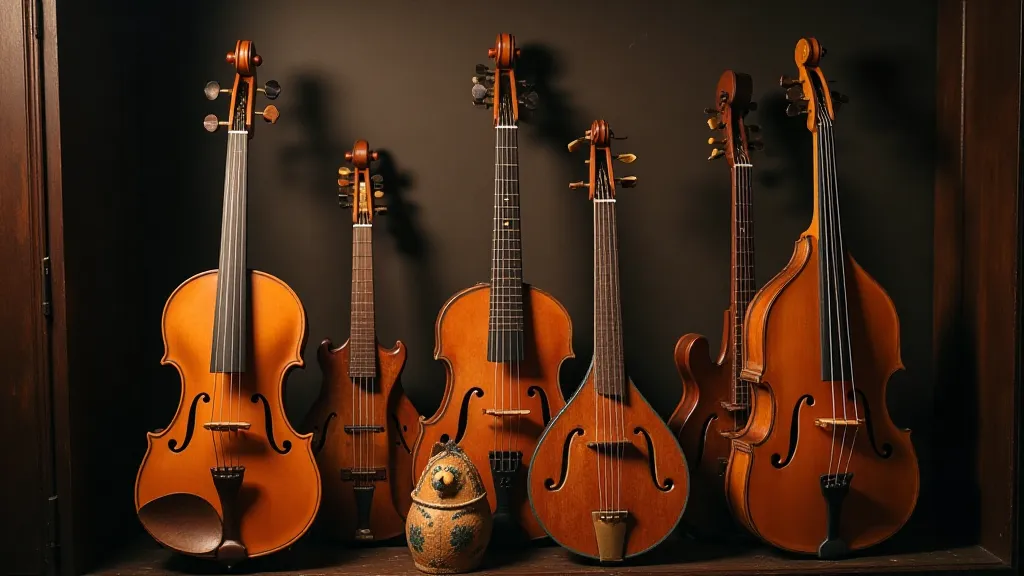
The soul of folk music isn’t found within the sheet music; it’s within the improvisation, the spontaneity, and the connection between the musician, the instrument, and the community. It’s a living tradition, constantly evolving and adapting, and it relies on the willingness of musicians to embrace the unexpected and allow their instruments to speak from the heart. The interplay between instrument design, cultural heritage, and the political climate creates a complex narrative of sound and resilience, echoing through generations.
Consider the impact of changing political landscapes on instrument construction. Wars and economic depressions have often led to scarcity of materials, forcing instrument makers to adapt and innovate. This has led to unique and often unexpected design changes, reflecting the struggles and triumphs of the people who created them. For example, the balalaika, a Russian folk instrument, underwent significant modifications during periods of political upheaval, reflecting the changing social and cultural climate.
The stories embedded within antique instruments extend beyond their physical construction. They are narratives of human connection, cultural exchange, and the enduring power of music to transcend borders and unite people. Each instrument holds a unique history, waiting to be rediscovered and shared with future generations.
Preserving these instruments is not simply about safeguarding physical objects; it is about preserving the stories, the traditions, and the human spirit that they embody. It is about ensuring that the voices of the past continue to resonate in the present, inspiring creativity and fostering a deeper appreciation for the rich tapestry of human culture.
The ongoing dialogue between instrument makers and musicians is essential to the preservation of these traditions. Understanding how musical instruments have been shaped by societal forces can offer valuable insight into the cultures that created them.
The ongoing dialogue between instrument makers and musicians is essential to the preservation of these traditions. Understanding how musical instruments have been shaped by societal forces can offer valuable insight into the cultures that created them.
